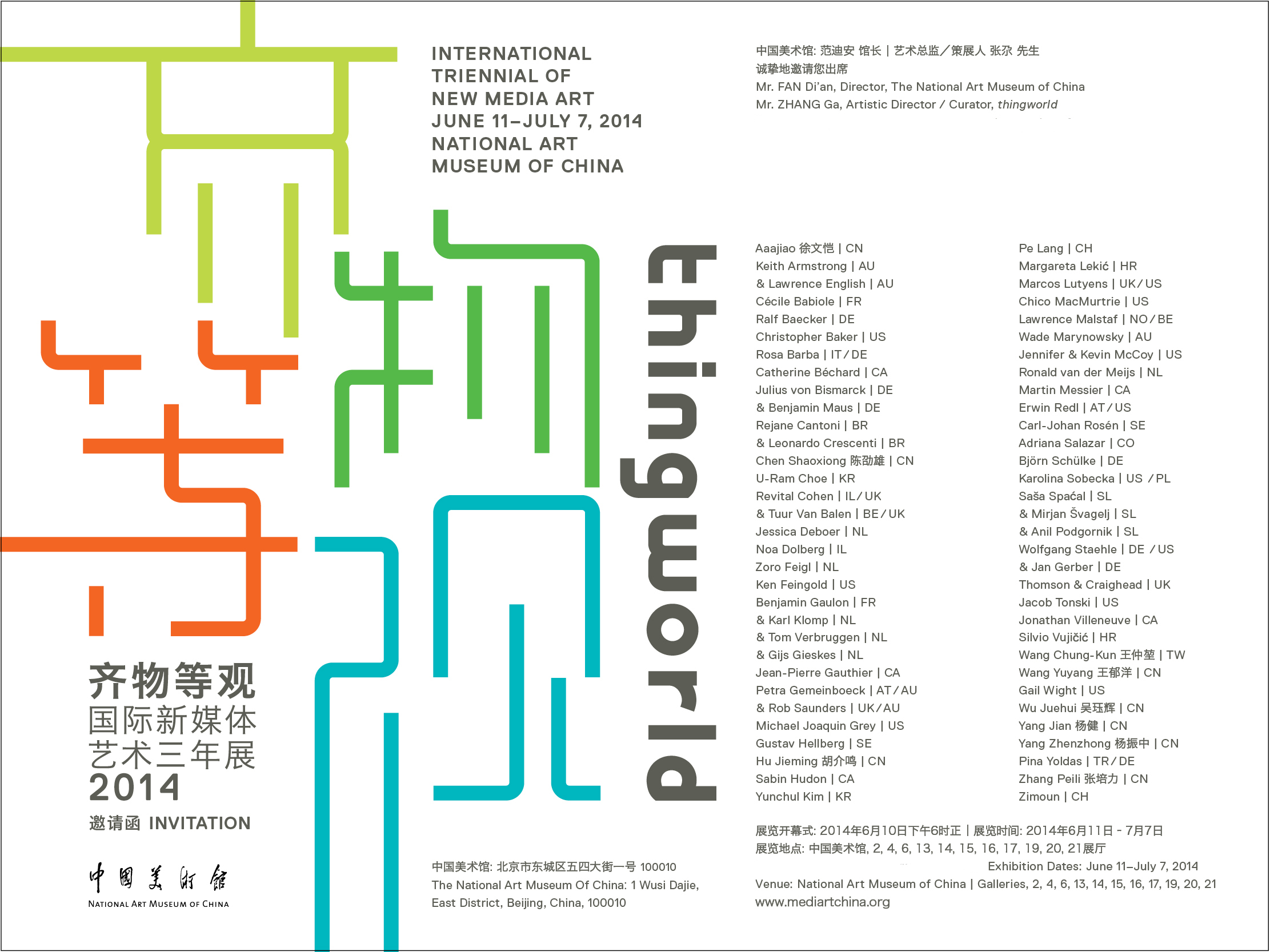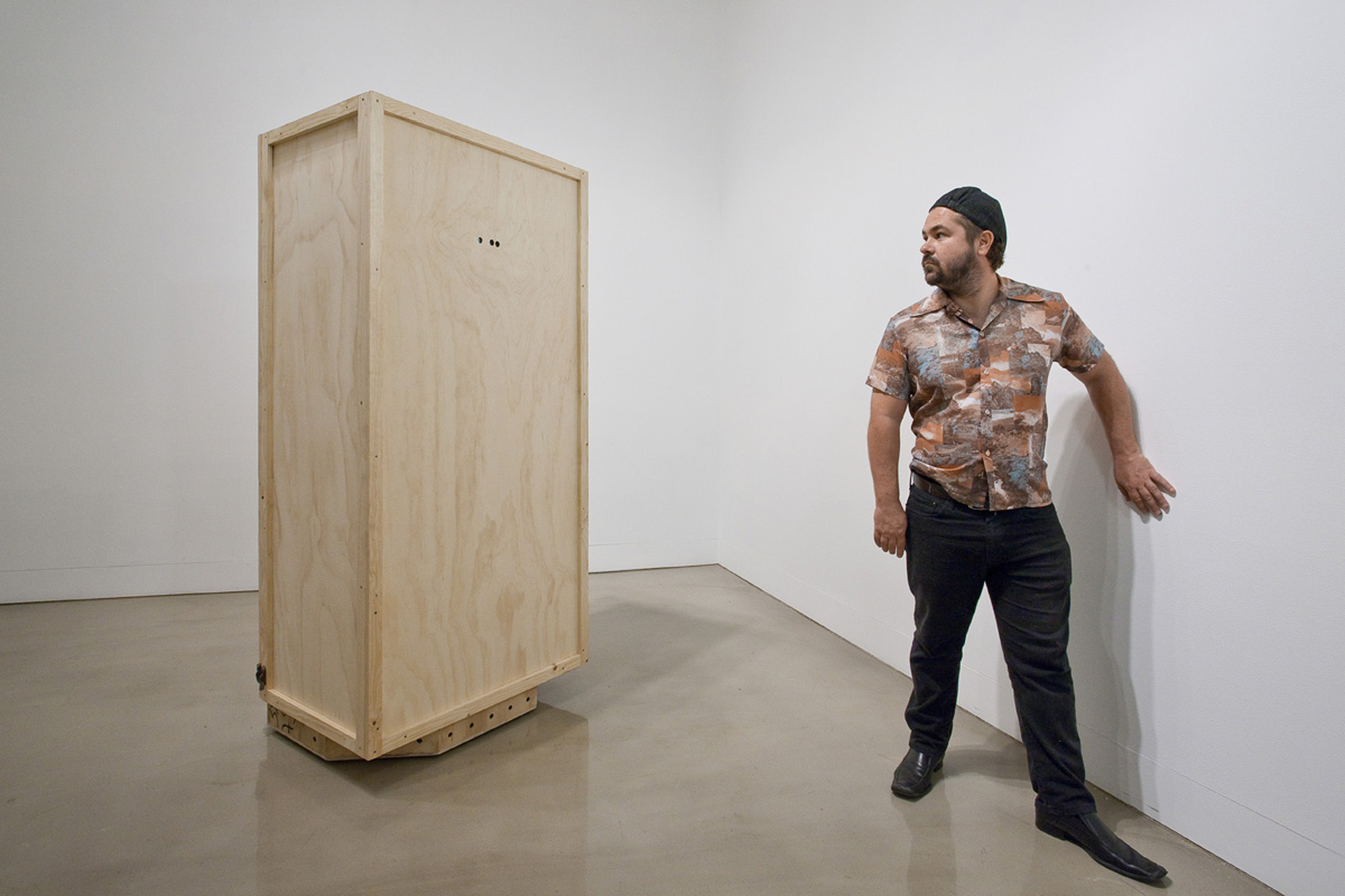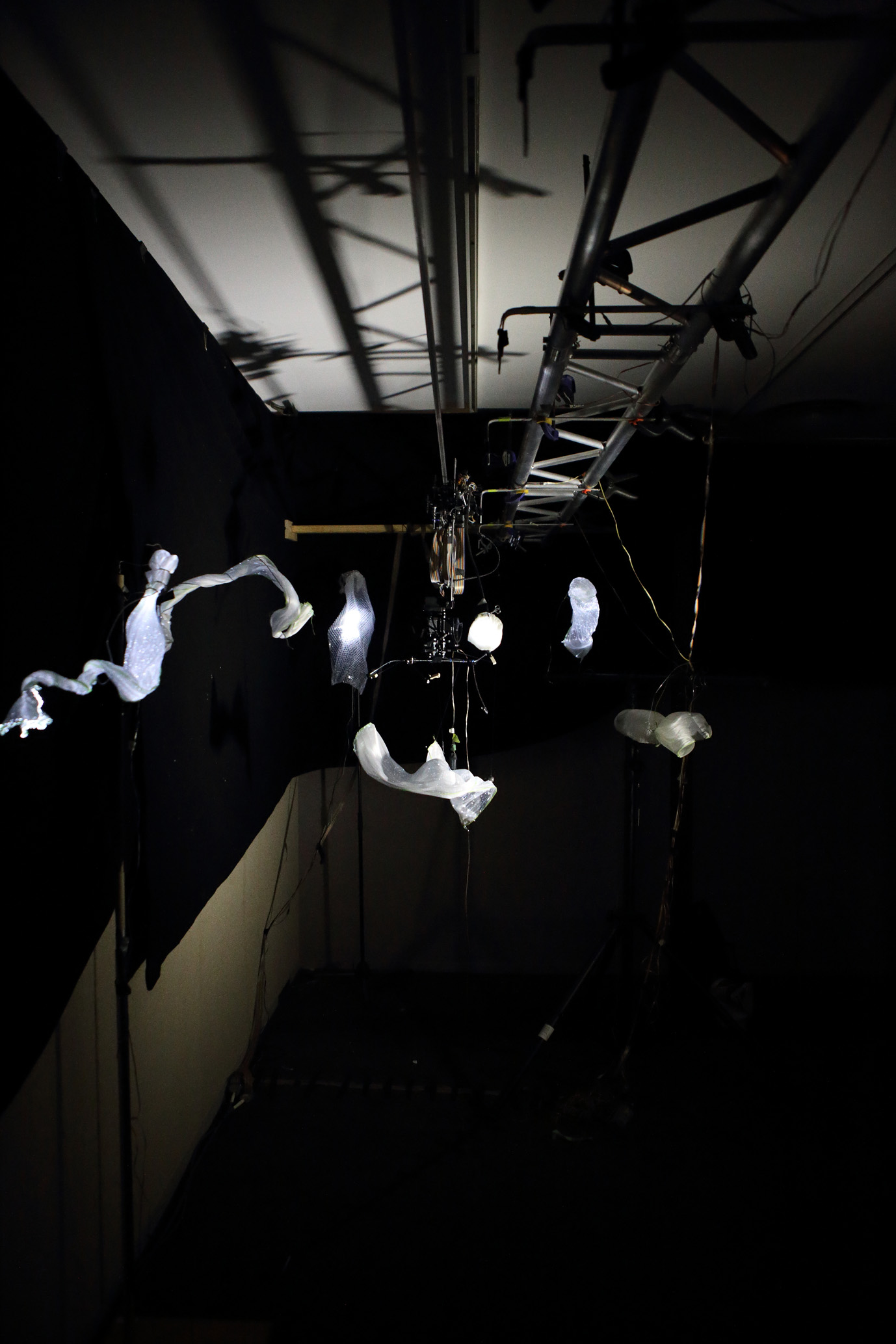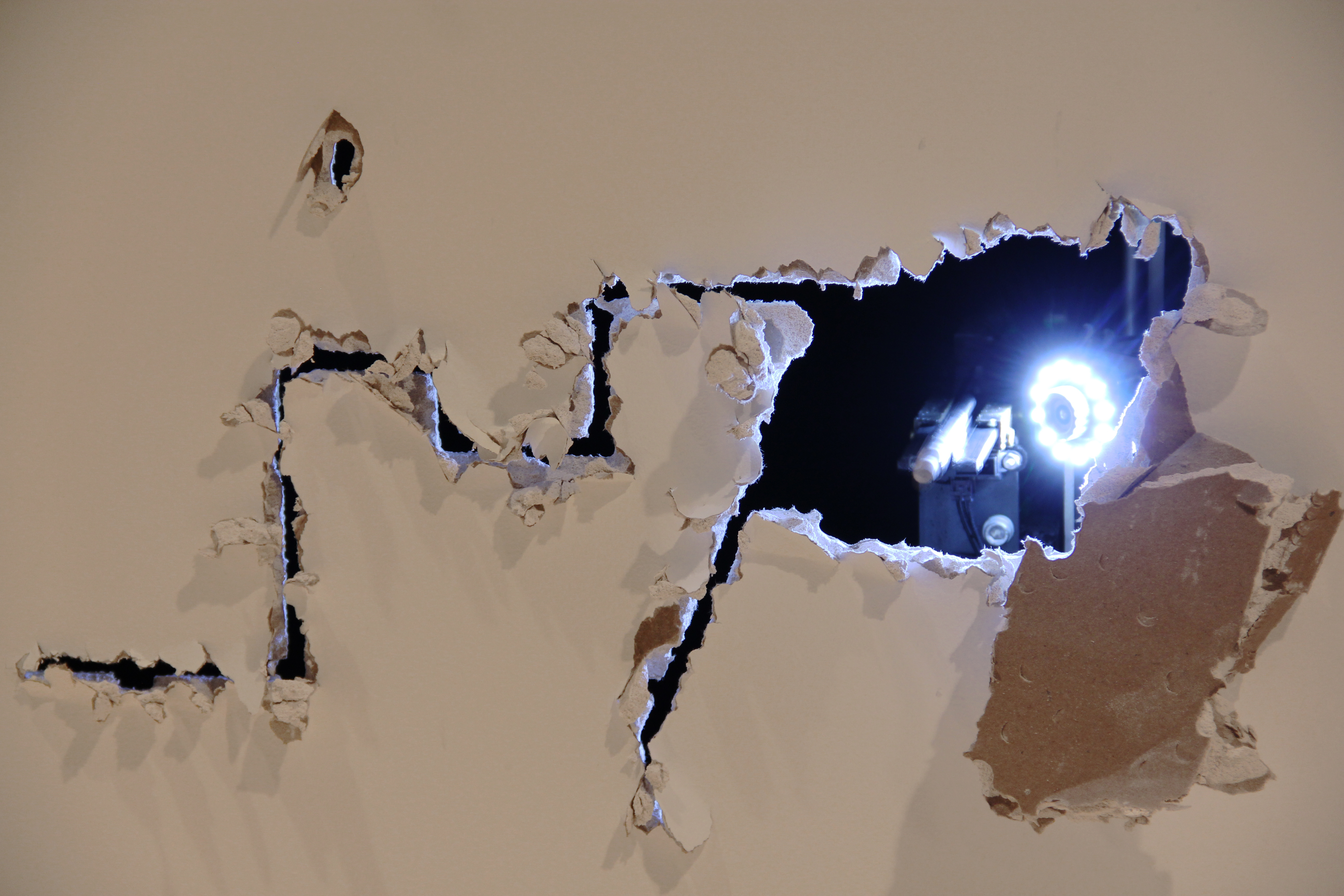MAAP-Media Art Asia Pacific (MAAP) partners with the National Art Museum of China in an ambitious exhibition titled:
thingworld: The International Triennial of New Media Art

MAAP is presenting five Australian artists with three major art installations for what has become one of the worlds most expansive media art exhibitions of its kind. Boasting 58 major art works by 65 artists from 22 countries, the exhibition occupies 11 major gallery spaces in the museum.
MAAP has been a long-time collaborator with the National Art Museum of China having participated in ‘Synthetic Times’ in 2008 and partnering ‘Light from Light’ in 2011. Other collaborations with the Artistic Director Zhang Ga reach back to 2004 MAAP in Singapore:GRAVITY project, producing the major public artwork People’s Portrait. Zhang Ga has acted as Artistic Director/ Curator of a series of media art exhibitions of media art since 2004 at NAMOC.
2014 marks fifteen years of active partnerships in China that also includes MAAP’s current exhibition ‘LANDSEASKY:revisiting spatiality in video art’ at the OCT-Contemporary Art Terminal Shanghai until 29 June 2014.
thingworld: The International Triennial of New Media Art is the third edition following the internationally acclaimed program “Synthetic Times: Media Art China 2008” and “transLife: International Triennial of New Media Art”. These triennials have investigated current intellectual trends in the discourse of media art and culture providing a prominent platform for a global presentation and theorization of significant media artwork. thingworld presents a remarkable survey of media artists from around the world, and deals with some issues that are germane to our present digital environment, calling in to question the way that we interact with technology. MAAP is a curatorial advisory committee member for this exhibition and is presenting three Australian artworks, The Acconci Robot by Wade Marynowsky, Light of Extinction by Keith Armstrong & Lawrence English and Accomplice by Petra Gemeinboeck & Rob Saunders.
This presentation is supported by The Australia Council for the Arts.
WADE MARYNOWSKY, The Acconci Robot, 2012. Robotics, wood, 900 x 600 x 1200mm.

TheAcconci Robot is an interactive robot that follows you unawares. Appearing as a shipping crate of minimal design, the robot is mute and motionless as a viewer approaches. But when the audience member turns away, and starts to leave, the robot begins to follow. If the audience member turns to look back at the robot, it stops in its tracks. In this cheeky and playful work, the artist inverts our expectations of the direct engagement and reciprocal exchange typical of interactivity, by creating a work that only responds when the audience is most disengaged from it.
The work draws inspiration from a 1969 performance work, Following Piece by Vito Acconci, in which the artist followed unsuspecting individuals in an urban setting as far as he could. Acconci’s investigations of the body in public space are re-contextualised by Marynowsky in a gallery context, re-examining interaction and audience participation by drawing parallels between sixties conceptual performance art and art in the age of interactivity.
KEITH ARMSTRONG + LAWRENCE ENGLISH (with Luke Lickfold, Michael Candy and Heidi Millington), Light of Extinction, 2013. Custom made robotic forms, 3D printing, electromechanics, wiring, computer, glass, metal. perspex, wood and mirror.

Light of Extinction presents a diverse series of views into the complex antics of a semi-autonomous gaggle of robotic actants. Audiences initially enter into the ‘backend’ of the experience to be rudely confronted with the raw, messy operations of a horde of object-manipulating forms. Seen through viewing apertures these ‘things’ deny any opportunity to grasp their imagined order. Audiences then flow on into the ‘front end’ of the work where now, seen through another aperture, the very same forms seemingly coordinate a stunning deep-field choreography, floating lusciously within inky landscapes of media, noise and embodied sound.
As one series of conceptions slip into extinction, so others flow on in. The idea of the ‘extinction of human experience’ expresses a projected fear for that which will disappear when biodiverse worlds have descended into an era of permanent darkness. Light Of Extinction re-positions this anthropomorphic lament in order to suggest a more rounded acknowledgement of what might still remain – suggesting the previously unacknowledged power and place of autonomous, synthetic creation. Momentary disbelief gives way to a relieving celebration of the imagined birth of ‘things’ – without need for staples such as conventional light or the harmonious lullabies of long-extinguished sounds.
PETRA GEMEINBOECK + ROB SAUNDERS, Accomplice, 2012. Electronics, custom artificial intelligence software, aluminium, steel, wood, plasterboard.
Accomplice is a large-scale robotic art installation that embeds autonomous robots into the walls of the museum. The work nestles itself into our human environment and turns it into the playground for a colony of curious, social machines. Each robot is equipped with a motorised punch to transform its environment and express its desires. Collectively, they explore, learn, play and conspire by knocking against the wall, producing holes and patterns that mark their social evolution. Audiences, at first, encounter this hidden machinery through their relentless knockings, and soon can catch a glimpse, as the robots pierce through the wall to construct elaborate patterns of scares and holes.
For more information, visit the thingworld website by clicking here



